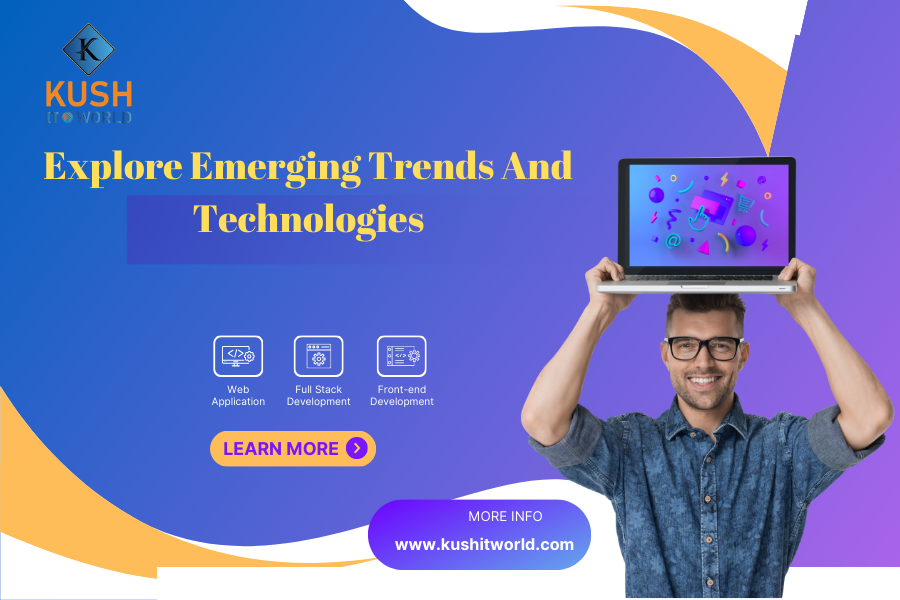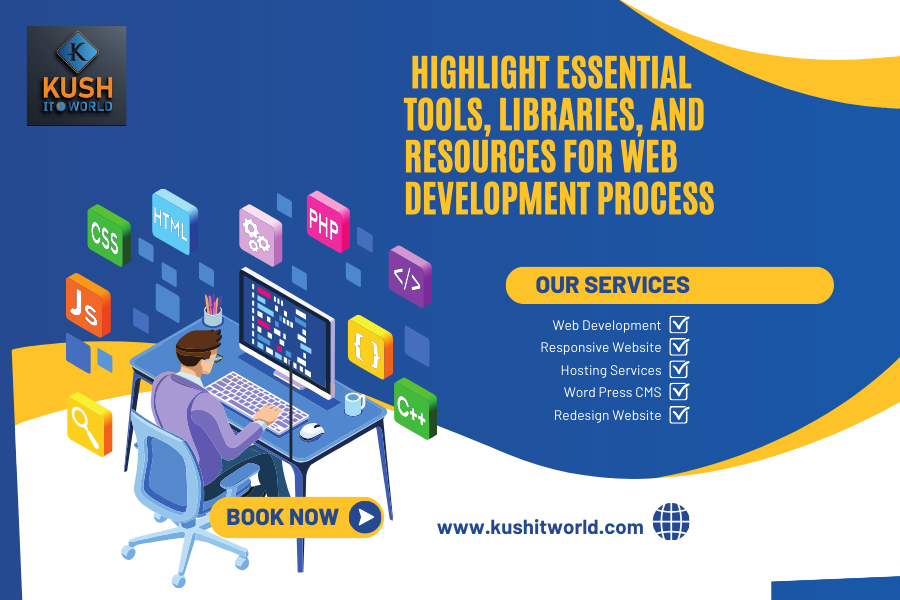The Future of Web Development: Explore emerging trends, technologies, and programming languages that will shape the web development landscape in the coming years.
Web development is a dynamic and ever-evolving field, continually shaped by technological advancements and changing user expectations. As we look ahead to the future of web development, it’s evident that several emerging trends, technologies, and programming languages are set to redefine the landscape in exciting ways. In this article, we will explore these developments and discuss how they are likely to impact the way websites and web applications are created and experienced.
1. Progressive Web Apps (PWAs)
Progressive Web Apps are becoming increasingly popular due to their ability to provide a native app-like experience through web browsers. PWAs combine the best of both worlds by offering responsive design, high performance, offline capabilities, and enhanced security. They are poised to disrupt traditional app development, as they eliminate the need to /develop separate applications for different platforms.
2. Serverless Computing
Serverless architecture has been gaining momentum in recent years. With platforms like AWS Lambda, Google Cloud Functions, and Azure Functions, developers can focus on writing code without concerning themselves with server management. This allows for more efficient resource utilization and can lead to cost savings. As serverless technologies mature, they are expected to play a more significant role in web development.
3. WebAssembly (Wasm)
WebAssembly is a binary instruction format that enables high-performance execution of code on web browsers. It opens the door to running applications written in languages like C, C++, and Rust directly in the browser. This technology has the potential to revolutionize web development by delivering near-native performance and expanding the range of languages that can be used for web applications.
4. JAMstack Architecture
JAMstack, which stands for JavaScript, APIs, and Markup, is an architectural approach that emphasizes decoupling the front end from the back end. This approach can lead to faster, more secure, and scalable web applications. With the increasing number of available APIs and services, JAMstack is likely to gain more traction as a popular approach for building web applications.
5. Machine Learning and AI Integration
Machine learning and artificial intelligence are becoming more accessible to web developers through libraries, frameworks, and APIs. This opens up exciting possibilities for creating smarter and more personalized web experiences. From chatbots to recommendation engines, the integration of AI into web development is poised to make websites more engaging and user-centric.
6. Extended Reality (XR)
Extended Reality, which includes Virtual Reality (VR) and Augmented Reality (AR), is expanding beyond gaming and entertainment into various web applications. With the development of WebXR, web developers can create immersive and interactive experiences within the browser, ushering in a new era of web development that blurs the lines between physical and digital worlds.
7. Blockchain and Web 3.0
Blockchain technology is not limited to cryptocurrencies; it has the potential to reshape the way we interact with the web. Decentralized applications (DApps) are being developed on blockchain platforms, offering enhanced security, trust, and transparency. These technologies are part of the broader concept known as Web 3.0, where users have greater control over their data and digital identities.
8. New and Evolving Programming Languages
While JavaScript remains the backbone of web development, several programming languages are gaining ground. TypeScript, for example, offers enhanced type safety and tooling for JavaScript projects. Rust is becoming a choice for systems programming in the browser (via WebAssembly), and Python is widely used in data science and AI applications, which are increasingly integrated into web development.
9. Enhanced Web Security and Privacy
With the increasing emphasis on data privacy and security, web development is seeing a shift towards stricter security practices. HTTPS is becoming the standard, and technologies like Content Security Policy (CSP) and Web Authentication (WebAuthn) are being adopted to protect user data and ensure secure authentication.
10. User-Centric Design and Accessibility
Web development is increasingly focusing on user-centric design and accessibility. Web developers are integrating user experience (UX) and user interface (UI) design principles to create websites and applications that are not only functional but also provide an exceptional user experience for everyone, including people with disabilities.
In conclusion, the future of web development is a landscape brimming with exciting possibilities. The trends, technologies, and programming languages mentioned above are poised to reshape the way web applications are created and experienced. Web developers who embrace these changes and stay up-to-date with emerging technologies will be well-positioned to create innovative and user-friendly web solutions in the years to come. As the web continues to evolve, it promises to deliver richer, more immersive, and secure online experiences for users worldwide.











